Crop rotation - what is it, the main types and types
Crop rotation is a properly selected crop rotation to ensure maximum harvest... Planning the right planting is not an easy task, but the work will be justified by the growing harvest, and the site will never be depleted. In agriculture, different types and types of crop rotations are distinguished, depending on the purpose of the land: one type of crop can be used as a predecessor for another.
Content
- Features of crop rotation in agricultural technology
- The main types of crop rotations
- Types of crop rotations
- How to organize a crop rotation at a summer cottage
Features of crop rotation in agricultural technology
Crop rotation is necessary not only in the fields of large farms and agricultural complexes, it is necessary to alternate the cultivation of cultivated plants in any summer cottage. Thoughtful use of land prevents depletion and decline yield when growing monocultures.
The disturbance of the natural environment with the constant cultivation of uniform crops leads to a decrease in the amount of nutrients in the soil, but the alternation of plants allows you to restore the natural balance. For different plants, a different set of trace elements must be present in the soil, so their content must be periodically replenished.
Introduction of chemical fertilizers does not allow achieving an optimal ratio, therefore it is better to form it by the forces of nature itself.
It has long been proven that leafy vegetables such as salad or cabbage, require a large amount of nitrogen in the soil, fruit crops require potassium, phosphorus is needed to form large root crops. Because of this, these groups of plants cannot be grown in one place for a long time, and they have to be periodically alternated with each other. There is another reason for a crop rotation: growing plants in one place reduces their protection from pests and diseases, therefore, it is necessary to restore natural immunity.
The simplest scheme known to every experienced gardener is not to grow the same cult in one place for 2 years in a row. In professional agricultural technology, long-term plans for the location of crops are drawn up. They not only protect the soil, but also help to enrich it.
The main types of crop rotations
In total, there are 3 main types of crop rotations, they are determined by the purpose of the cultivated crop. Let's consider each of them in more detail:
- Field crop rotation. In this case, at least half of the total area of cultivated land is cultivated with cereals, vegetables or industrial crops (this is, for example, sugar beets or sunflower). Also, a field crop rotation may include growing potatoes over large areas. In this case, the amount of forage crops can be only 10 to 40% of the total occupied area.
- Special crop rotation. This type involves the cultivation of one or two or three crops on 40-60% of the total area of arable land. An example of such a crop rotation can be the cultivation of melons and gourds, rice, etc. Vegetable crop rotation is considered a special variety; according to other classifications, it is distinguished as a separate type. It includes the cultivation of certain groups of vegetables.
- Forage crop rotation: in this case, forage crops occupy the predominant area. Not only green grass mass is used for animal feed, but also some cereals and root crops, herbs can be annual and perennial... Crops in this case also have to alternate with each other, however, the crop rotation remains fodder.
It is customary to divide the fodder crop rotation into two subtypes: it can be grassland and near-farm.
In the first case, annual and perennial grasses are grown over large areas, which are then used to produce hay and for direct grazing. The near-farm crop rotation takes place on lands located within the boundaries of large farms: most often, forage annual grasses or forage root crops are planted in the fields.
Types of crop rotations
There are 8 types of crop rotations, they differ not only in the type of alternating plants, but also in the rest of the land under fallow. Let's take a closer look at all the existing varieties:
- Grain-fallow crop rotation. In this case, half or more of the useful land is allocated for the cultivation of grain crops: this can be spring wheat, oats, barley. This rotation is common in arid regions where the minimum amount of legumes and row crops is grown.
- Grain-fallow crop rotation. Approximately 50% of cereals alternate with fallow and row crops, as well as with the cultivation of annual and perennial grasses.
- Grain crop rotation is an alternation of grain crops and perennial grasses, they are often planted in strips, while the land is not left under fallow. For example, spring and winter grain crops can alternate with clover and flax.
- Row crop rotation. The main area (up to 70% of all land) is occupied by popular row crops, such as corn or sugar beet... This type of crop rotation is possible on lands equipped with artificial irrigation, as well as in areas with a humid climate.
- Grain crop rotation is used in areas with a humid climate; it does not imply leaving the land fallow. In this case, grain or row crops are grown alternately with an interval of one or two years on the same field.
- Grassland crop rotation. As the name implies, more than half of the area in this case is allocated for annual and perennial grasses, such a crop rotation is among the fodder crops. Herbs are grown for hay or for grazing. In addition to grasses, crops or flax can be grown in the field.
- Grass-cultivated crop rotation. In this case, row crops are replaced by perennial grasses; it is used on artificially irrigated lands, as well as in river floodplains.
- Sideral crop rotation is used for areas with a sandy soil type. In this case, green manure crops are grown in the fields, later intended for processing on fertilizer and subsequent soil enrichment. These crops include sweet clover, lupine etc.
In addition to the listed species, crop rotation is also classified according to the number of fields used - it can be 5-field, 7-field, etc. The more fields are involved, the more varied the planting pattern with alternating different crops can be.
How to organize a crop rotation at a summer cottage
At the dacha, when growing vegetables, the rotation time, that is, planting one crop in one place should not exceed 3-4 years. To organize a crop rotation at a summer cottage, it is necessary to draw up a site plan, which is divided into 3 main zones:
- A place for plants that are most demanding on the presence of nutrients in the soil, a good harvest... This group can include potatoes, spinach, pumpkin, zucchini, cabbage.
- Cultures with medium nutrient requirements. it tomatoes, beets, melon, eggplant, cucumber.
- Unpretentious crops, undemanding to the soil composition. Among them are onions, green peas, beans, perennial spicy herbs.
For plants of the first group, it is necessary to highlight the most fertile part of the garden, while special attention is always paid to planting potatoes. A planting scheme is drawn up, according to which related plants should not be located side by side, otherwise they will be more susceptible to various diseases of the species. Before boarding potatoes the soil needs additional enrichment: for this, rotted manure must be added to the soil. For the second and third groups, it is also necessary to highlight separate sectors.
A year after planting, the plants "move" from one site to another, the sectors must be alternately swapped. In this case, root crops require the introduction of mineral fertilizers into the soil, and cabbage, zucchini, squash, pumpkin require a complex organic feeding... All this will preserve the natural balance of nutrients, and yields will remain high every year.
It should also be borne in mind that different types of plants take nutrients from different layers of the soil, depending on the structural features of the root system.
For example, the roots corn can penetrate to a depth of 2 meters, cucumbers - to a depth of 1 meter, and Strawberry takes nutrients only from the top layer. If you follow the rules of alternation, a certain layer of soil will not be completely depleted.
The rotation plan can be scheduled for up to 10 years: in this case, the alternation of plants in groups can be taken into account: leaf, fruit and root crops. If you change the seeding plan every year, yields will remain consistently high, while the soil will not be affected. However, crop rotation requires adherence to the fertilization schedule for each crop species.
More information can be found in the video.



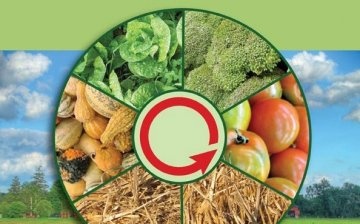
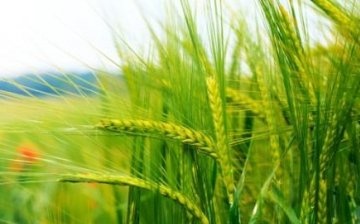
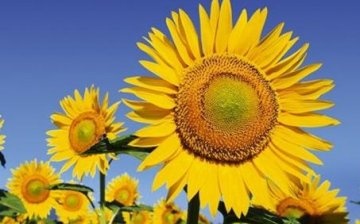
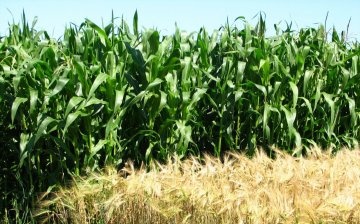
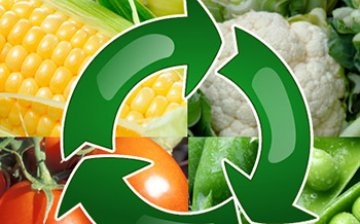






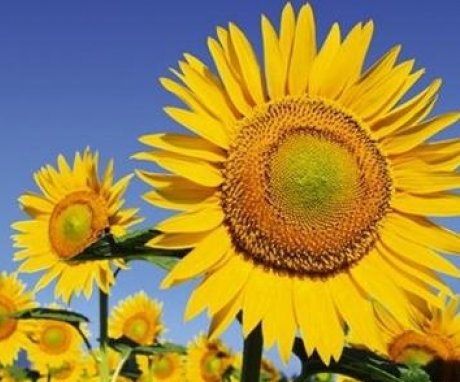
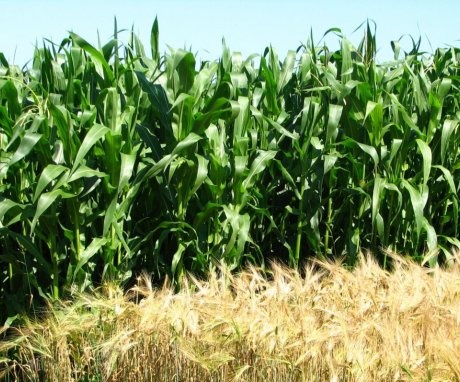
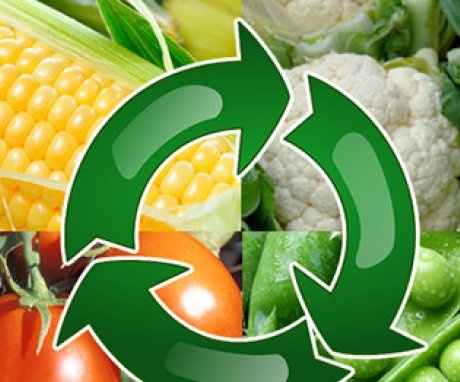
To be honest, I never even thought about crop rotation before. She constantly planted seeds in different places where it was empty, and sowed there. It turns out that this is not at all the case. Now I will keep in mind and in the spring I will plant it as it should.